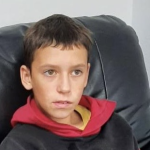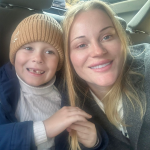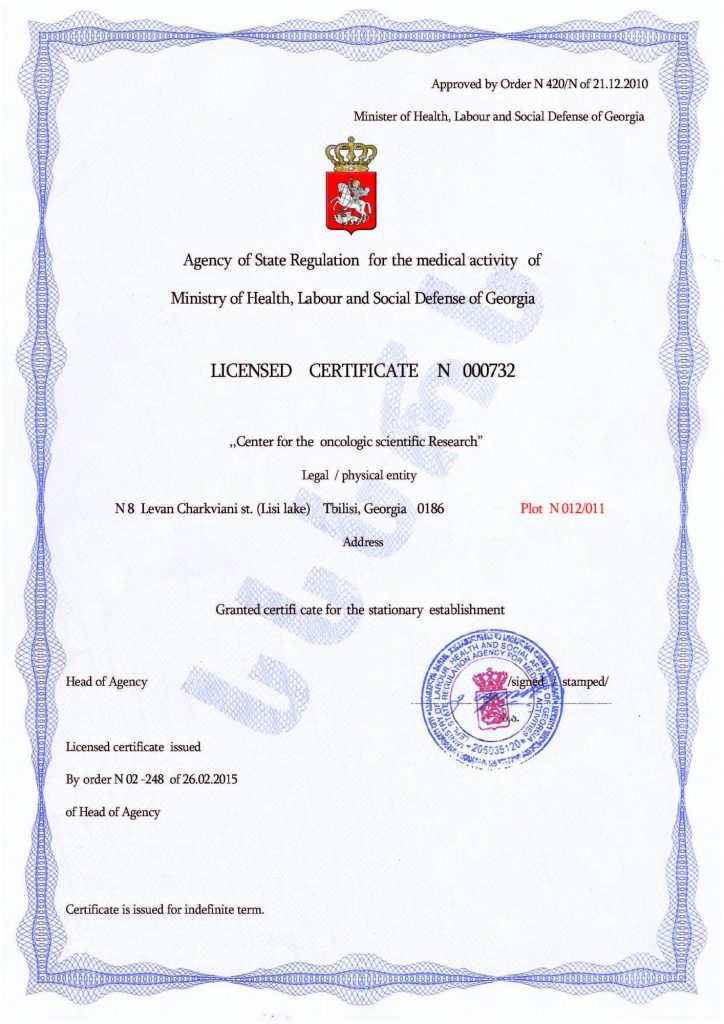Why Do Autistics See the World Differently?
It is often known by parents and those around them that people with autism see the world differently, with the phrase “they live in their own world” commonly used. Autistic individuals perceive the world in a unique way due to differences in sensory processing, as well as cognitive and social aspects. So, how does the thinking of a child with autism differ fundamentally from that of a neurotypical child?
Aspects of a Child’s Thinking with Autism
Sensory Differences: Autistic individuals may be more or less sensitive to various sensory stimuli, such as sounds, lights, textures, or smells. This can lead to unusual reactions to everyday situations and may require certain conditions to perceive the environment comfortably.
Attention Differences: People with autism often display hyperfocus on details or may have difficulty switching their attention between tasks. This can lead to a deeper or more unusual perception of details that others might overlook.
Cognitive Styles: Autistic individuals may approach problem-solving and information analysis from a different perspective. This can involve logical and systematic thinking, as well as unique approaches to learning and processing information.
Social Perception: Understanding and interpreting social cues, such as facial expressions or tone of voice, can be more challenging for people with autism. This can affect how they perceive social situations and interact with others.
Patterns and Rituals: Autistic individuals may seek predictability and structure in their daily life. Rituals and repetitive actions help them cope with uncertainty and provide a sense of control.
These differences do not make the perception of autistic individuals any less valuable or meaningful; rather, they highlight the diversity of ways in which people can interpret and interact with the world.
Intelligence Levels in Autism
Just like all individuals, the intelligence of people with autism can range from below average to above average and even higher. Several key points help understand how intelligence may manifest in autistic individuals.
Diversity of Intelligence: Autism does not determine intelligence. This means that people with autism can have a wide range of intellectual abilities, from significant challenges to exceptional talents in certain areas. For instance, some autistic individuals may show exceptional skills in mathematics, music, memory, or other fields.
Strengths and Weaknesses: Autism may be accompanied by strengths such as attention to detail, systematic thinking, or deep interest in a specific subject. At the same time, there can be difficulties in areas like social interaction, generalizing information, and adapting to new situations.
Neurocognitive Features: Research indicates that autistic individuals may have differences in neurocognitive processes. For example, some studies point to possible differences in the ability to process visual and spatial information. This can affect how they solve problems and perceive the world.
Cognitive Styles: People with autism may have unique cognitive styles that don’t always align with traditional ideas of how intelligence manifests. For example, they might display a hyperfocus on specific details or a deep understanding of specialized topics.
Stem Cell Therapy for Autism Offers a Chance for Socialization and Adaptation
Today, thousands of children worldwide are receiving innovative and effective therapy for autism and ASD through stem cell transplants. The unique feature of stem cells is that they can create “copies” of any cells in the body. In the case of autism and ASD, stem cells restore neurons that are not functioning properly. After therapy, children become less withdrawn, showing improvements in cognitive function, speech, sleep, and behavior. The effectiveness of the therapy depends on the child’s condition.
To learn more about stem cell therapy for autism, consult our specialists!
Autism Treatment Center Videos
Autism treatment with own stem cells
Cord blood association congress
International Quality Crown
Autism Treatment Reviews
Autism treatment with own stem cells
The story of Alessandro (6 years old)
Autism Patient Testimonial - Stem Cell Treatment
Clients Testimonials

Review by Anastasia, mother of Yusup (8 years old) Read More

Feedback from Nathalie, mother of Andre (9 years old) Read More

Feedback from Yulia, mother of Emily (7 years old) Read More

Feedback by Everita, Katrina’s mother (5 years old) Read More

Feedback from Igor, David’s father (12 years old) Read More












